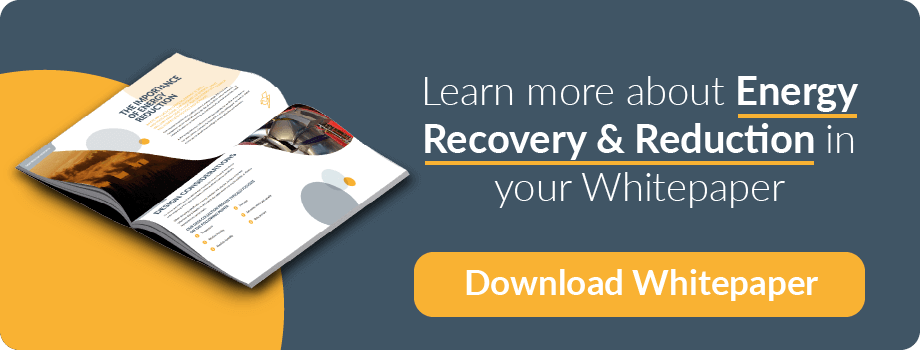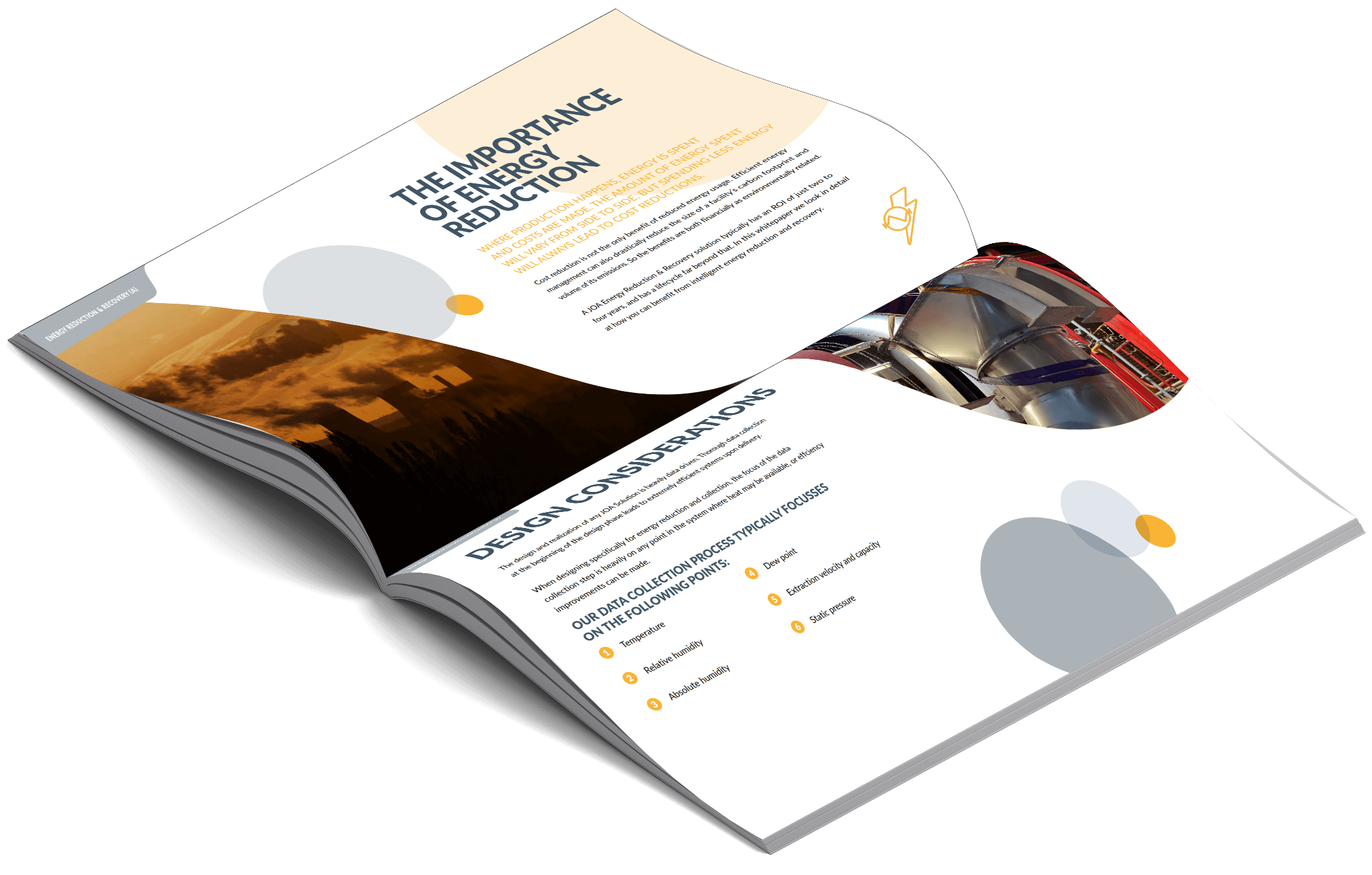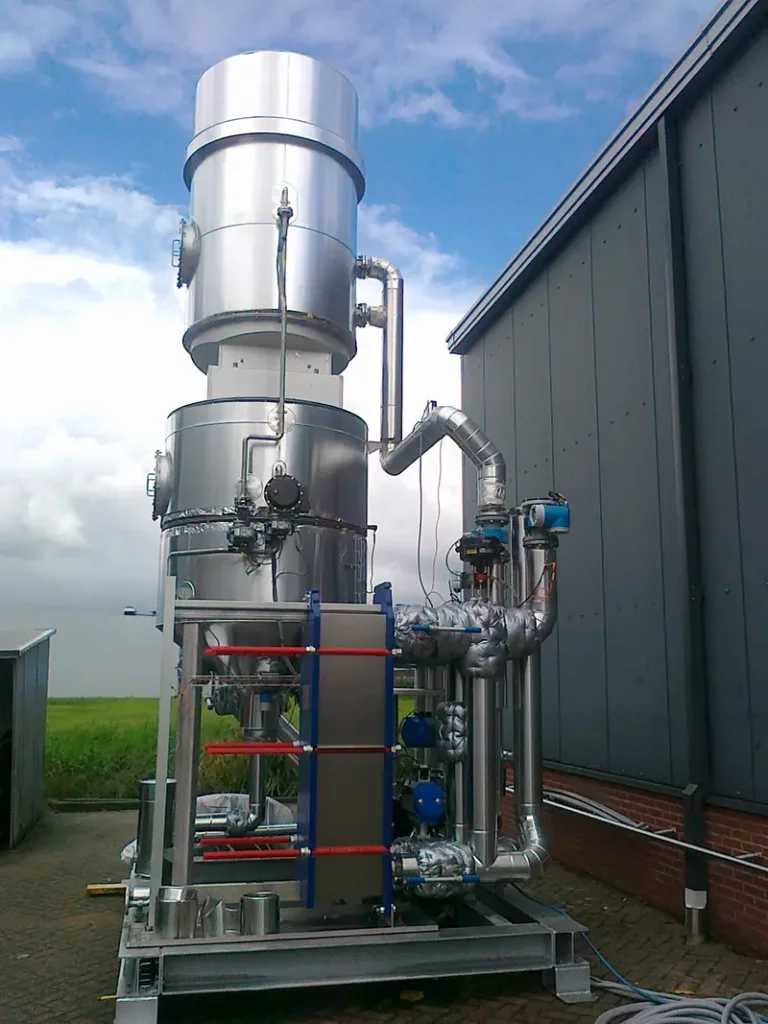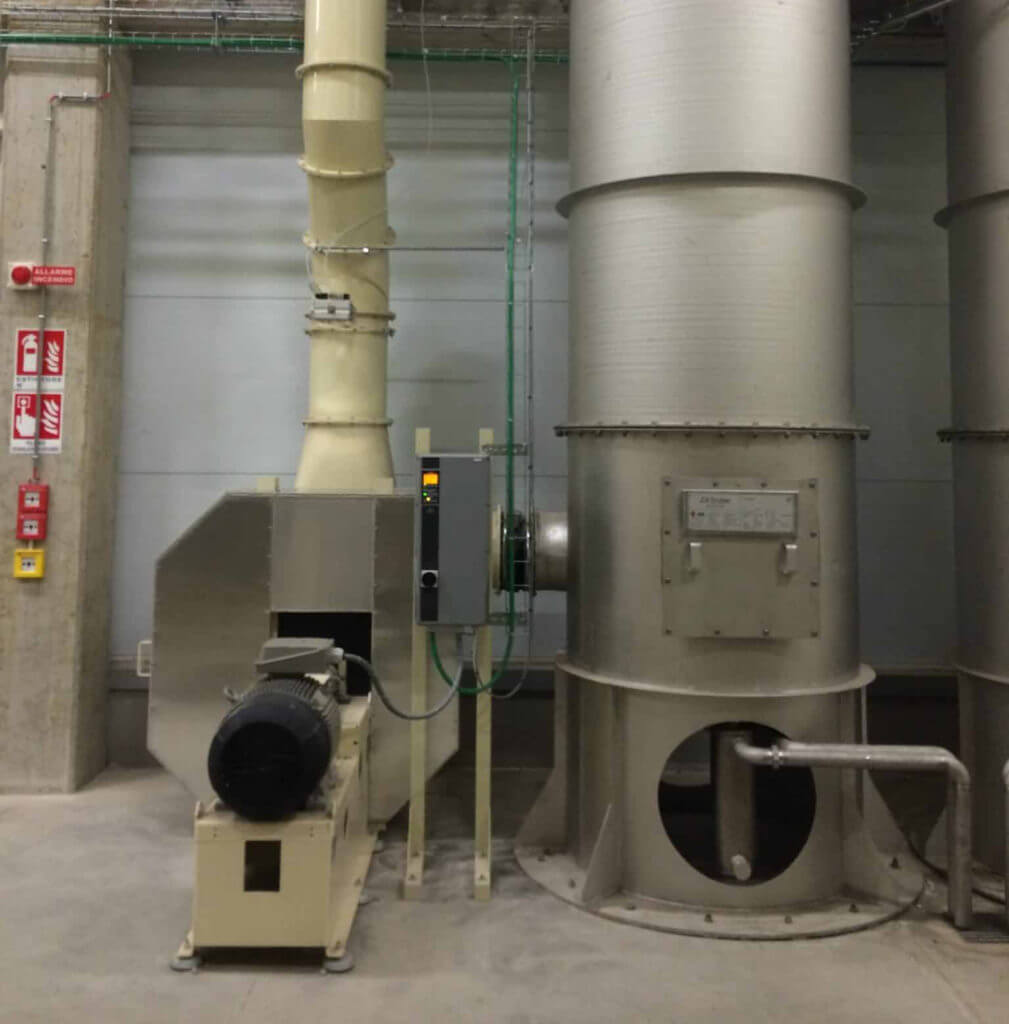On 26th May this year, a Dutch court made history. This was the day that the Hague District Court ruled that Royal Dutch Shell must slash its greenhouse gas emissions by 45% from 2019 levels by 2030.
In a world increasingly focused on matters of sustainability and the challenges posed by a changing climate, such a verdict may not seem entirely surprising. However, this was the first time ever that a court issued an order of this kind, not to a government, but to a listed company.
A changing climate: the discussion heats up
Sustainability is a hot topic right now, to say the very least. Initiatives such as the United Nations Sustainable Development Goals are placing the subject firmly on everyone’s agenda.
Rising awareness of the effects of mankind’s activities on our environment is having an impact on every aspect of our lives. People are changing their diets, their consumption behavior and the way they think.
The future: who is responsible
The shift in public opinion is reflected in an increased level of urgency towards matters of sustainability. Notably, we see expectations that the industrial sectors will also make changes in their behavior and facilitate a reduction in greenhouse gas emissions.
As a result, there is a growing tendency towards greater assumption of corporate responsibility for the environment.
Today’s manufacturers are expected to follow best practice when it comes to sustainability. This means maintaining up-to-date equipment and retaining versatility in order to be able to change swiftly with the rules.
Not every aspect of this represents a challenging increase in work, however; there are a number of benefits to be had from environmental best practice.
For one thing, efficient, environmentally conscious operations can result in a significantly increased return on investment as less energy is consumed and wasted.
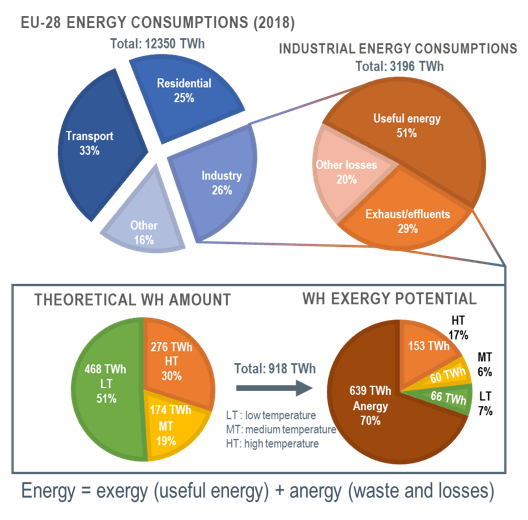
Higher sustainability for hiring stability
Another, perhaps less immediately obvious, advantage lies in increased attraction of talent. As we have already established above, there is a rising awareness about matters of sustainability. This is notable in the younger generation and, particularly, amongst recent graduates.
A result of this is that job seekers are placing increased emphasis on sustainable practice; that is, on finding a company aligned with their own values.
Additionally, job seeker surveys suggest applicants tend to anticipate correlation between care for the environment and care for employees. Put simply, environmental good practice is likely to make your company attractive to the most talented individuals currently emerging from secondary and higher education.
A clear vision of sustainable operations: Rising demand for transparency
Additionally, environmental best practice is also an opportunity to demonstrate good corporate social responsibility.
With so much focus on sustainability, shareholders and, notably, financiers and banks, are demanding more transparency from business with regards to the matter.
It is no longer sufficient to use sustainability as a marketing tool, stakeholders increasingly want to see regular reporting as part of the CSR process.
The practice of stakeholder reporting, far from being an additional burden, can actually offer a number of potential benefits:
- Demonstration of compliance with regulations
- Facilitation of improved operations with less energy and resources required
- Improved ability to attract finance
The last point is an important one; financial institutions are increasingly requiring accurate measuring and reporting to assess the sustainability of investment opportunities. They are, after all, trying to demonstrate to their own stakeholders and investors that they too are behaving in a responsible manner.
Credit where it’s due: the rising cost of carbon offset for manufacturers
At the same time as the need for environmentally optimized operations is rising, so are the prices associated with it. Consider the practice of carbon credits. Under this scheme, air pollution is given a monetary value in a bid to discourage or even cap production.
As well as stimulating a low emissions industrial culture, carbon credits provide a means by which producers of air pollution can offset the impact of their operations. However, carbon credits are becoming increasingly expensive. In fact, some researchers predict a ten-fold increase in their value as demand rises.
Other observers point to the commitments many governments have made to a so-called ‘clean recovery’ from the COVID-19 pandemic; a further stimulus to the rising price of carbon offset.
European carbon neutrality plans
The European Union has announced its plans for carbon neutrality. A series of new laws aims to place the bloc on the path towards a 33% reduction of greenhouse gases based on 1990 levels by 2030. The EU aims to reach net carbon zero levels by 2050.
These ambitious goals have already been agreed by the European Parliament and Council as well as heads of government in the EU 27. As the governments look for ways to make these aims a reality, the price of carbon offset is likely to rise further.
The EU’s thinking on emissions trading is that pollution should have an associated cost to it. However, in a bid to support its industry in the face of international competition, Europe frequently grants its companies so-called emissions rights – effectively a pass to produce pollution.
A side effect of this is the demand for carbon offset has remained relatively low in the bloc, resulting in a steady price of around ten euros a tonne over the years. This is already on the rise, reaching – and then exceeding – 50 euros a tonne for the first time this year.
With governments looking for a means to reach their new target obligations, there is a likelihood of an alternative approach being implemented. This could be, for example, in the form of a carbon tax on goods imported into the region. Such a scheme would turn the current system on its head, deterring the competition by increasing the cost of imports in place of reducing the costs of European operators.
In such a model, emissions rights would be phased out or else significantly reduced. At this stage, there would be a surge in demand for carbon credits and prices would increase dramatically.
Help at hand? Government support & subsidization
On the other hand the growing governmental commitment to sustainability often means that manufacturing is able to take advantage of subsidies to make the transition to greener operations.
Often this subsidization is seen in the form of consortia-led projects, involving a multi-disciplinary approach that facilitates knowledge sharing and encourages innovation.
Air innovation specialist JOA takes a holistic view to solving emissions challenges. The company’s approach is to integrate multiple systems and cooperate with subsidy consultants.
Thanks to the company’s modelling software, it is able to fully explain the current and future state, giving clarity as to what improvements have been made.
Getting ahead in sustainable operations
JOA advises that, in order to make the most of the increased need to operate in an environmentally friendly manner, manufacturers should get ahead of the curve. Taking care to adjust emissions now allows for the transition to take place without undue time pressure and without the associated additional costs this potentially suggests.
Sustainable support is in the air
JOA provides support to manufacturers looking to reduce their CO2 output. The industrial filtration company’s consultancy group offers a multi-faceted proven concept of measuring and modeling by:
- Data Collection/Measurement
- Greenhouse Gas reduction (GHG) modeling and improved ESG ratings (Environmental, Social, Governance).
- Providing upgrades/improvements/systems: Choosing the right filtration technology in combination with energy recovery
- Engineering: Updating existing operations with easily extendable modules such as scrubber solutions and energy recovery modules.
The first step is a JOA consultancy study. During this, measurements will be taken. These will enable to company’s specialists to analyze the process for potential optimization via the direction reduction of energy consumption.
Environmental optimization – made to measure
Accurate measurements can provide a clear way to improve on environmental performance. The first step in reducing CO2 output is becoming aware of it in order to address the situation.
With this in mind, analysis of environmental performance can be seen less as a burden and more as a positive step towards addressing the challenges posed by increasingly stringent regulations.
A model for the future
This is followed by modeling the various greenhouse gas reduction options in order to determine the investment-reduction ratio and gain an opportunity to categorize and prioritize energy recovery opportunities.
JOA’s contribution to the direct GHG reduction in industrial operations can best be summarized by two categories:
- Direct energy recovery for processes with high energy content
- Upgrading energy recovery for processes with low to medium energy content
High energy content recovery
With the former, depending on the energy range in question, the main purpose is the production of re-heated air, hot water, or steam. JOA has extensive experience in this field, having built industrial installations for this purpose for over a decade.
A good example in this category is the standardized JOA-ERD system, focusing on phase transition energy recovery, while simultaneously cleaning the air exhaust of odor and pollutants. In those cases, often the energy source (producer) becomes the consumer of the recovered energy, contributing to a direct greenhouse gas reduction.
In this example the exhaust stream contains ‘steam/water vapor’ representing a high energy content to be recovered, producing direct greenhouse gas reduction inside the same process loop. The example mentioned produces a greenhouse gasreduction of around 2,000 tonnes per year CO2 (based on 85% uptime with 1.4 Mw direct energy saving).
Low-medium energy content recovery
Energy recovery for processes with a low-medium energy content (entropy focus) can often be complex.
This is because the energy streams are often large airflows with relatively low temperatures between 65-100 oC and/or humidity range.
However, despite this increased complexity, given the increasing requirement for a reduced greenhouse gas footprint, energy recovery for such systems is becoming more important.
JOA’s experience with this type of system, although more recent than that on high energy processes, has proven to be of value. Its contribution has, for example enabled the preheating of the combustion air of the producer (e.g. a dryer) and in upgrade projects increasing the low temperature streams into steam. In the latter case, the company applies JOA heat pumps and absorption chillers.
Heat recovery as a sustainable solution
Wasted heat
Waste heat is defined as thermal energy that is expelled into the ambient environment. It is often a by-product of industrial processes and cannot be completely avoided. Broadly speaking, waste heat can be classified according to the temperature of its medium:
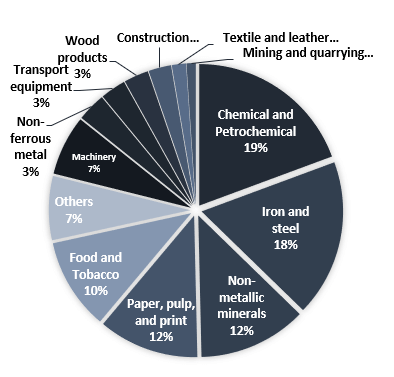
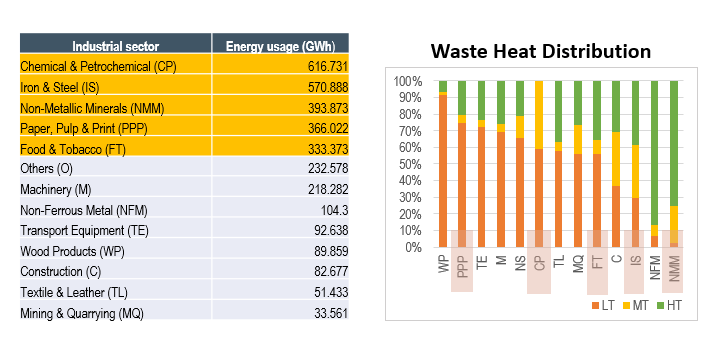
Heat recovery
Waste heat represents a missed opportunity that can be exploited to increase the overall efficiency of industrial processes, which implies a more environmental-friendly operation.
Using heat recovery approaches, waste heat can be reutilized for different purposes, such as for generating thermal, mechanical, or electrical power. Waste heat recovery has the potential to reduce the demand of primary energy sources, especially non-renewables.
Investing in waste heat recovery can bring multiple benefits:
- Economy:
- More economical energy intake from primary sources.
- Less equipment is required for waste heat treatment.
- Governmental incentives and subsidies.
- Sustainability:
- Promoting a reduction in greenhouse gas emissions.
- More favorable social perception.
3. Compliance with new regulations that put a restriction on greenhouse gas emission as well as penalties, such as carbon tax.
In 2018, more than a quarter of the total energy consumption in the (then) EU-28 was allocated for industrial processes. Within this amount, only half was consumed to perform useful effort, while almost a third was exhausted together with gases and liquid waste. Hence, waste heat recovery presents an opportunity to significantly improve the efficiency of industrial energy usage.
However, not all waste heat was created equal. Due to the constraint of thermodynamics, high-temperature waste heat is more straightforward to recover than that of a low-temperature.
Using the principle of exergy, the waste heat potential can be quantified. It is evident that although the low-temperature waste heat represents more than half of the total amount, it is among the smallest in term of recovery potential. In other words, a significant amount of the low-temperature waste heat is considered anergy, which is the portion of energy that cannot be used for work.
Low grade waste heat
Low-grade waste heat is considered to be waste streams (liquid or gas) that possess a temperature between ambient and up to 230oC. Although low-grade waste heat has a relatively low recovery potential, it is simultaneously the most common form of waste heat. Therefore, low-grade waste heat recovery represents a large untapped opportunity to improve the overall efficiency of many industrial processes.
Broadly speaking, low-grade waste heat is produced by these systems:
- Waste gases or effluents from industrial heat processes.
- Warm coolant from equipment cooling systems.
In many cases, low-grade waste heat can be reintegrated into the same industrial process it originated from to reduce energy intake from external sources. In order to do so, low-grade waste heat would need to be upgraded or converted into a different form before it becomes reusable.
Low-grade waste heat solutions
Low-grade waste heat recovery system generally has two objectives:
- Heat upgrade: low-grade waste heat stream is used to drive a heat transformer, yielding higher-temperature stream as an output.
- Conversion: A heat cycle is designed to be compatible with low-grade waste heat sources to yield mechanical or electrical energy.
Low-grade waste heat adsorption
Adsorption is characterized by the adhesion of molecules, usually fluid, onto a solid surface, forming an interface layer. The adsorption process is exothermic, while desorption is endothermic. These properties can be exploited in a heat cycle for different objectives.
Adsorption technique has been widely adopted in commercial chillers or cooling solutions. However, its usage for heat pump or heat upgrade applications is still relatively limited.
Low-grade waste heat absorption
Conceptually similar to the adsorption technique, absorption heat cycle takes advantage of the exothermic nature of dilution of certain chemical compounds (e.g. some types of salts).
Industrial prototypes of an absorption heat transformer with a temperature lift of more than 40oC already exist. However research are still ongoing to discover new chemical solutions that can achieve a higher temperature lift while also being safer to handle.
Organic Rankine Cycle (ORC)
Since the temperature of majority of low-grade waste heat sources is usually insufficient to drive a steam (Rankine) cycle, an alternative working fluid is necessary. Hydrocarbon (organic) compounds are suitable for this purpose thanks to their lower boiling point. Furthermore, some organic compounds do not condense while undergoing expansion, even without superheating.
We would be very happy to discuss these and other processes with you and to provide additional information on how we may be able to assist you in optimizing the efficiency of your operations.
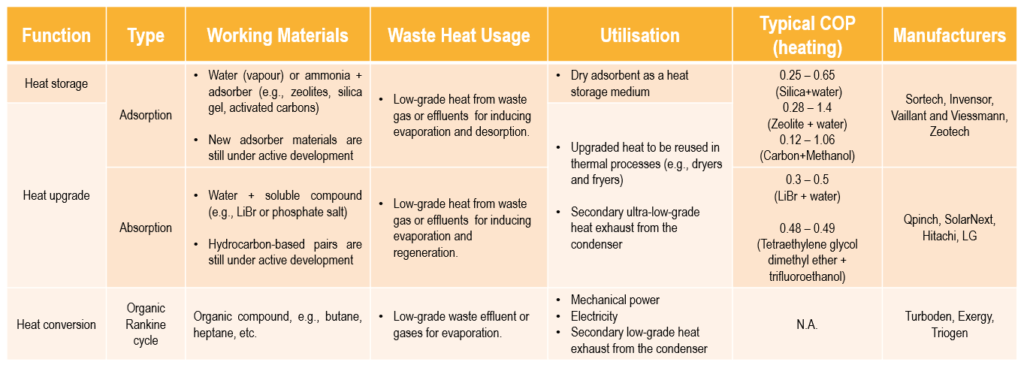
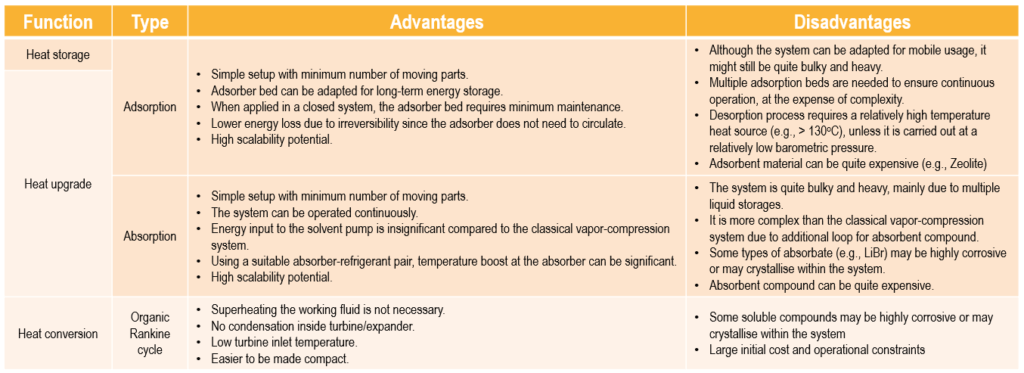
We would be very happy to discuss these and other processes with you and to provide additional information on how we may be able to assist you in optimizing the efficiency of your operations.
